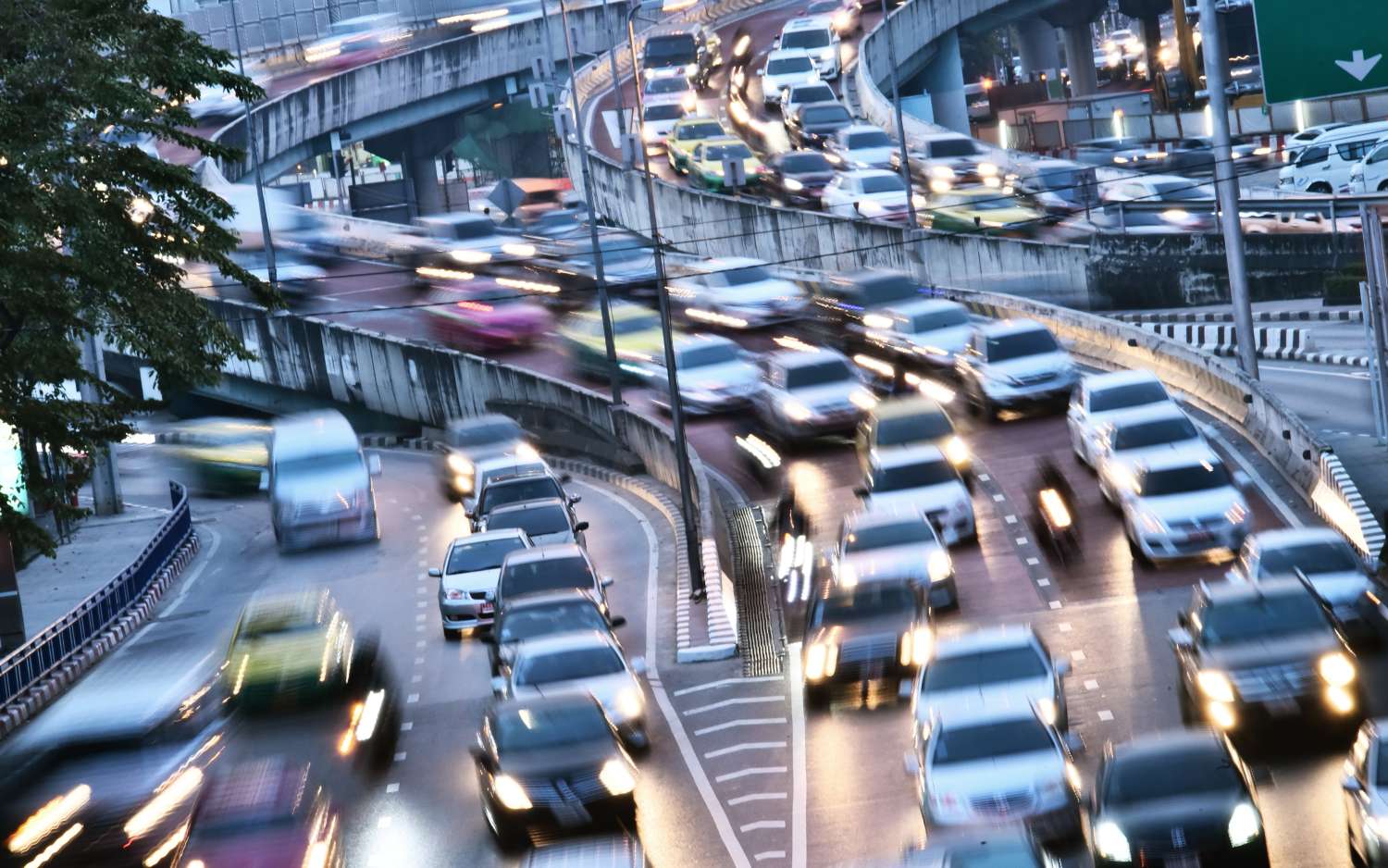Day after day, week after week, year after year. For many people, no, for almost half of all employees living in Germany, the daily commute to work is as much a part of everyday life as eating, drinking and sleeping. According to figures from the recently published Commuter Atlas 2021 (German Federal Statistical Office), this is the case for 40 percent of all employees and self-employed persons. Of course, the distances vary enormously: The majority drive between ten and 25 kilometers to work. Five percent, on the other hand, commute more than 50 kilometers and well over 60 minutes each way. Of course, there are also extreme cases among long-distance commuters: people who drive 200 kilometers in the morning and evening. Daily or several times a week. This is no fun at all.
Even if commuting is part of the daily routine, only a few have mastered the ability to switch off behind the wheel: Listening to music, sorting thoughts out or preparing an appointment for the next workday. Shrorly: using the time wisely, whether for distraction or concentration. Instead, for many people it means getting up in the middle of the night. The traffic jams and the morning avalanche of cars at the gates of the commuter metropolises such as Munich, Frankfurt, Hamburg and Berlin are torture - even if many of those affected are for a long time not even consciously aware of the mental and physical strain, says a study by the Techniker Krankenkasse (health insurance).
Car or train – it doesn't matter
For the health it doesn't matter at all whether one covers the ways from home to the work place with the own car, by train or public transport. Because even among rail commuters, it is not so much the daily chat with fellow sufferers on the track that gets them excited as the fact that they are annoyed by striking train drivers or technical breakdowns that artificially drag out the working day.
The car is still the most important means of transport for commuters on routes that exceed a cycling distance. This is because, on average, journeys by public transport take more than twice as long as those by car. Especially when people move from so-called out-commuter cities with poorer connections to in-commuter cities. Which, according to a free translation of bureaucratic German, means nothing other than commuting from rural regions with a lower labor market to cities with a high labor density, which are then called single-commuter cities.
Temporary living is growing – despite home office
Even though a lot of working time has been shifted to the home office in the past pandemic years, remote working is by no means possible for all workers: Because despite digitized workflows and processes, many companies require manpower and expertise on site. However, moving to the workplace is out of the question in most cases, because family and the social environment are often tied to the place of residence. Additionally, rents in the popular commuter cities are often much higher than in rural regions.
Serviced apartment as a solution
But the commuter metropolises have adapted to this clientele in recent years. There are more than 350,000 serviced apartments in Germany, offering professionals with a longer stay at a temporary workplace and commuters the comfort of a second home.
This residential segment is growing enormously: In the past, more or less pleasant hotel rooms were booked for this purpose from Monday to Friday, week after week, or even for just a few months. Today, however, it is part of the corporate culture of many employers to know that their employees are well accommodated for the longstay. The serviced apartments of ipartment, for example, currently offer furnished design apartments with maximum living comfort in ten cities in Germany and Switzerland - even in the smallest unit XS. Because the serviced apartments of ipartment are functional, contemporary apartments, in which all living facilities are considered instead of the standard bed, bathroom and desk in the hote
Temporary living with design instead of commuter stress
Thus, commuters and temporary workers have a beautiful and comfortable second home and more free time despite a perhaps small square footage. Instead of leaving valuable time on the line, it can be used for sports, leisure and relaxation.
Employers are also likely to find this trend of second homes very appealing. As studies show that absenteeism due to mental illness is more than ten percent higher among commuters than among employees with a short commute. The "Techniker Krankenkasse" outlines it in more concrete terms: commuting can lead to exhaustion depression, ultimately to burnout, according to national and international studies to which the health insurer refers. However, and this is a major problem, many of those affected underestimate the strain - until it's too late. Because many preventive examinations are not even noticed due to the strict work schedule during regular office hours.
Living at a distance – good for the relationship
Of course, the pressure of suffering in a foreign city should not be underestimated, especially when the family or smaller children live hundreds of kilometers away and there is limited time at the weekend to juggle everything. But instead of looking at the long-distance relationship only negatively, there are also positive effects: Nothing keeps a love fresher than a little distance.


